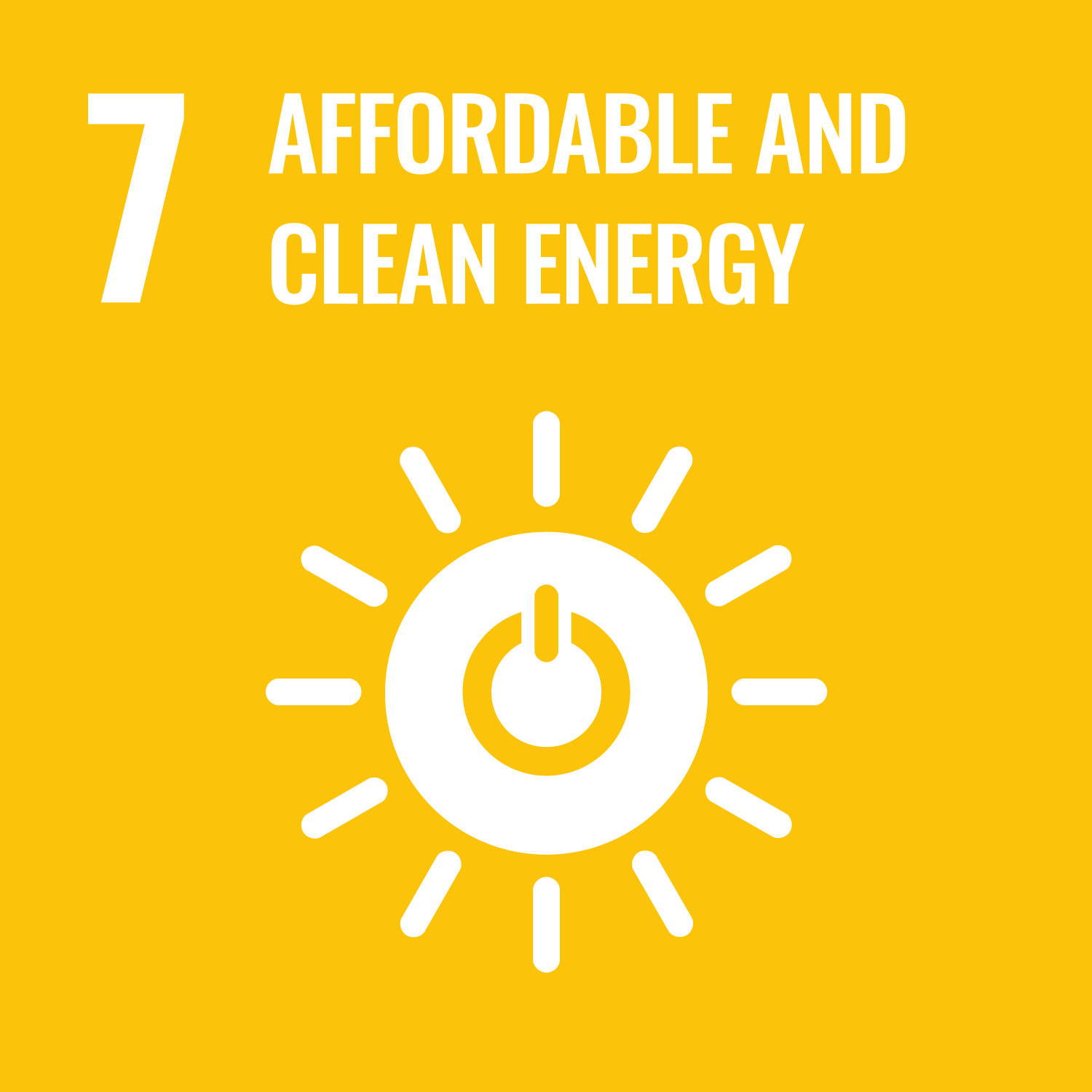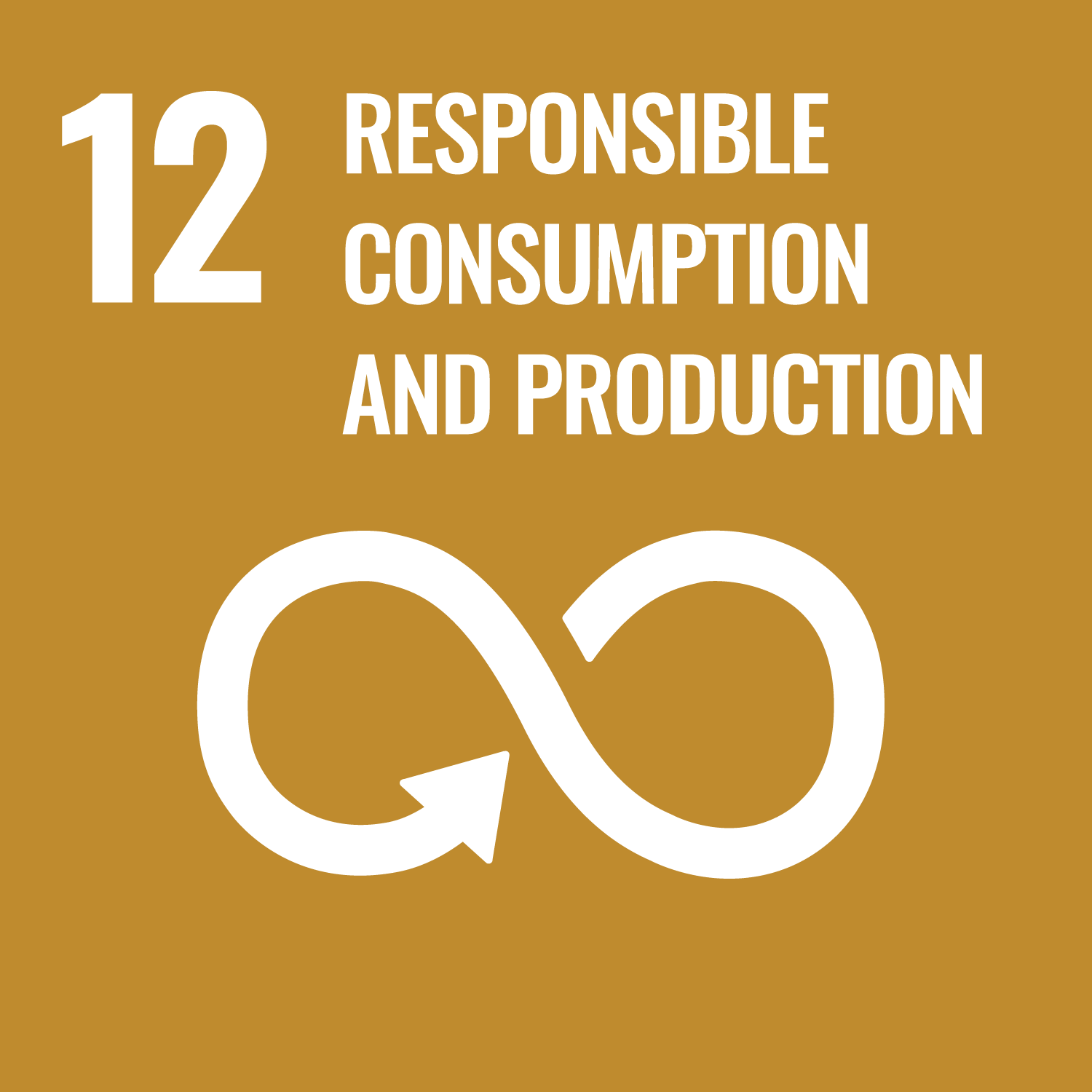ORCID
- Paul H. Lunt: 0000-0002-1736-317X
- Matthew Fox: 0000-0002-5578-8064
- Steve Goodhew: 0000-0003-1227-217X
- Thomas R. Murphy: 0000-0001-5350-7356
Abstract
Abstract Soil-based green infrastructure has the potential to improve building thermal performance and contribute to sustainable buildings. This study compares thermal conductivity response to soil moisture of three peat-free artificial soils to evaluate their potential use within green roofs and living walls. Thermal conductivity was measured with changing soil moisture and density. All soils showed higher thermal conductivity measures with increases in soil moisture. The ‘Biochar-coconut coir compost’ had the lowest thermal conductivity measures which displayed negligible response to density changes and exhibited the highest water holding capacity. When uncompacted, ‘FabSoil’ had low thermal conductivity measures, but when compacted, its measures were considerably higher. Results show the role of density on thermal performance will be soil type dependent. Overall, findings highlight the importance of considering substrate composition, density and suggest that peat-free artificial soil substrates that contain biochar, have a higher percentage organic matter content and a finer particle texture are likely to result in lower thermal conductivity and higher soil water holding capacity. The results also showed that ThetaProbe measures (volumetric) had a high equivalence to actual soil moisture content (gravimetric), across different soil types and soil bulk densities. This finding supports the use of ThetaProbe measures as an effective method for monitoring soil moisture; with the potential for integration into irrigation control systems for green infrastructure. The findings of this paper offer the potential to improve building thermal performance by informing soil substrate choice, irrigation control and load bearing requirements in the design of green infrastructure.
DOI Link
Publication Date
2022-08-15
Publication Title
Soil Use and Management
ISSN
0266-0032
Acceptance Date
2022-08-03
Deposit Date
2022-08-26
Embargo Period
2022-08-31
Recommended Citation
Lunt, P., Fuller, K., Fox, M., Goodhew, S., & Murphy, T. (2022) 'Comparing the thermal conductivity of three artificial soils under differing moisture and density conditions for use in green infrastructure', Soil Use and Management, . Available at: 10.1111/sum.12841




